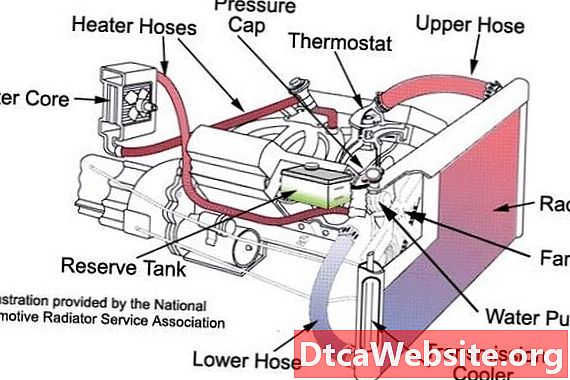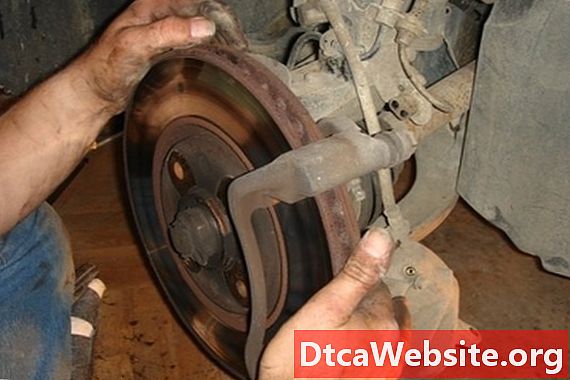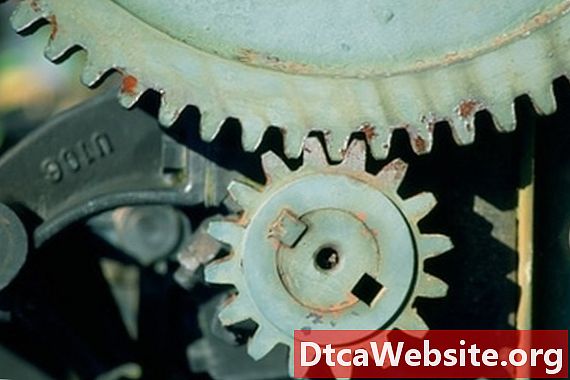
Contenu

Automotive radiators can become fouled with rust and calcium deposits after just a few years of operation. Left unchecked, this can result in reduced cooling efficiency, engine overheating and damage to the radiator and other cooling system components. Periodic flushing will keep your cooling system in prime condition and your engine running at the proper operating temperature.
How to Clean a Car Radiator
Step 1
Make sure the engine is cool. Drain the radiator by removing the cap and opening the pretcock or drain plug at the base of the radiator. Close the drain plug, refill the radiator with water and run the engine until the thermostat opens and water circulates through the engine block.
Step 2
Let the engine cool and repeat the draining procedure. Close the petcock and refill the radiator with water.
Step 3
Select a cooling system cleaner or flush that is safe for your engine and radiator. Newer systems contain aluminum components that may be damaged by some cleaners. If youre not sure, consult your dealer.
Step 4
Pour the cleaner into the radiator and run the engine with the heater on. Follow the manufacturers recommendations on how long to keep the flush in your engine.
Step 5
Drain and refill the cooling system with demineralized or distilled water. Run the engine, let it cool and repeat the process at least once to ensure that all the cleaning solution has drained from the engine.
Step 6
Select the antifreeze type that is recommended by your automaker. Add enough antifreeze to the radiator to achieve a 50 to 70 percent concentration. If your cooling system holds 10 liters, add 5 to 7 liters of antifreeze.
Finish filling the radiator with demineralized or distilled water. Run the engine, let it cool and top off the radiator and coolant reservoir with antifreeze.
Tip
- These steps are general guidelines. Follow the manufacturers recommendations when using radiator flushes. Acid-based cooling system cleaners are best at removing lime and calcium deposits. Clean the outside of the radiator with compressed air or high-pressure water. Straighten radiator fins with a fin comb. Tap water contains calcium and other minerals, which contribute to rust and lime deposits. Use distilled or demineralized water when servicing your radiator.
Warning
- Never remove the radiator cap or open the drain cock when the engine is hot. Radiator flushes may contain caustic chemicals. Wear eye protection and gloves. Antifreeze is toxic to animals. Collect it in a container and dispose of it where animals cant reach it.
Items you will need
- Cooling system cleaner or flush


